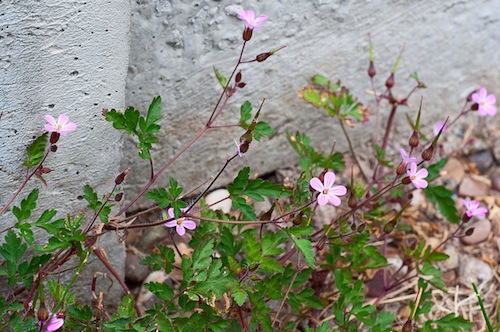We sat in my living room sipping wine, sipping Boba tea, eating the accoutrements of a small group gathering — cheese, hummus, strawberries. An embattled air conditioner fought the villainous August heat. Strangers — introverts no less — had ventured into one home together. We gathered because we were artists.
Photo: Clint Brewer
For this first meeting, we had read Francis Schaeffer’s Art and the Bible to discuss. It had been formative in Charlie Peacock’s artistic and spiritual journey. Would this new Art House — Art House Dallas — connect with it as well?
I read the two essays contained in the pamphlet several years ago. My first impression: meh. Foundational, yes, but I had the advantage of thirty years of work burgeoning from Schaeffer’s basic thesis on art, culture, and the Bible. I had Jeremy Begbie and Steve Turner. Since then, I’ve read David Taylor and Andy Crouch and Rowan Williams. I’ve written scholarly articles and lay essays. For my second reading, I came prepared with philosophy and theology, ready to build upon Schaeffer at times, and at other times, question him: is all postmodern art necessarily unable to be Christian, for example, or should we even call art “Christian”? I had degrees! I had awards! I had experience! I was an expert.
I was humbled. But you knew that was coming. It happens in every story: pride comes before a fall. While my six-month-old slept, I read. About art as doxology, about God’s concern for beauty, about the fact that God sees the artist. And I wept. The degrees, the awards, the contests were several years ago, a lifetime ago — my son’s lifetime. Lately, I create in silence and obscurity, minutes pilfered during short naps, dried pureed carrots coating my keyboard. In this place, Francis Schaeffer ministered to me. He told me about God’s concern for beauty even in the wilderness when the Israelites wandered in the same shoes for 40 years. He told me God saw and preserved David’s art created when David worked as a shepherd or ran from the king or repented from sin or built a kingdom. In this silence and obscurity, I learned that my art matters because beauty matters to God — because God sees me.
In essence, this was why we met that day in my living room: because beauty matters to God and because, as the body of Christ, we testify to one another that God sees us, that our work matters.
There was some venting, yes; there was philosophy; but above all, there was connection. In the sprawling Dallas metroplex lined with suburban brick homes, school zones, and shopping centers, visual artists, musicians, and writers assembled. We peeked into the crevices of our landscaped society and found wildflowers. In this August drought, something beautiful blossomed when carefully planned gardens failed. God saw fit to decorate a wilderness of concrete with wayfaring blooms.
Photo: Pewari
In our meeting, we talked about the freedom we found in Schaeffer’s pages to create art that didn’t feature praying hands. We talked about the presumptions from Christians and non-Christians about what it means to be both Christian and artist. But mostly, we talked about bringing art into the sphere of corporate worship. For this is our heart: worship. Art is our means to glorifying God. As Schaeffer puts it, art is doxology. We discussed how we can introduce art into the liturgy of our churches and how to practice art as spiritual discipline.
Before we left, we prayed for one another, for our art, and for our churches — prayers of refreshment in the heat, watering the wildflowers. Visual artists, musicians, writers — in this communion of saints, we partook of God’s love for beauty.
Heather A. Goodman practices art in bits and pieces these days, mostly while listening to her son protest nap time. Or while waiting at a red light. She blogs at L'Chaim and at The Master's Artist.


